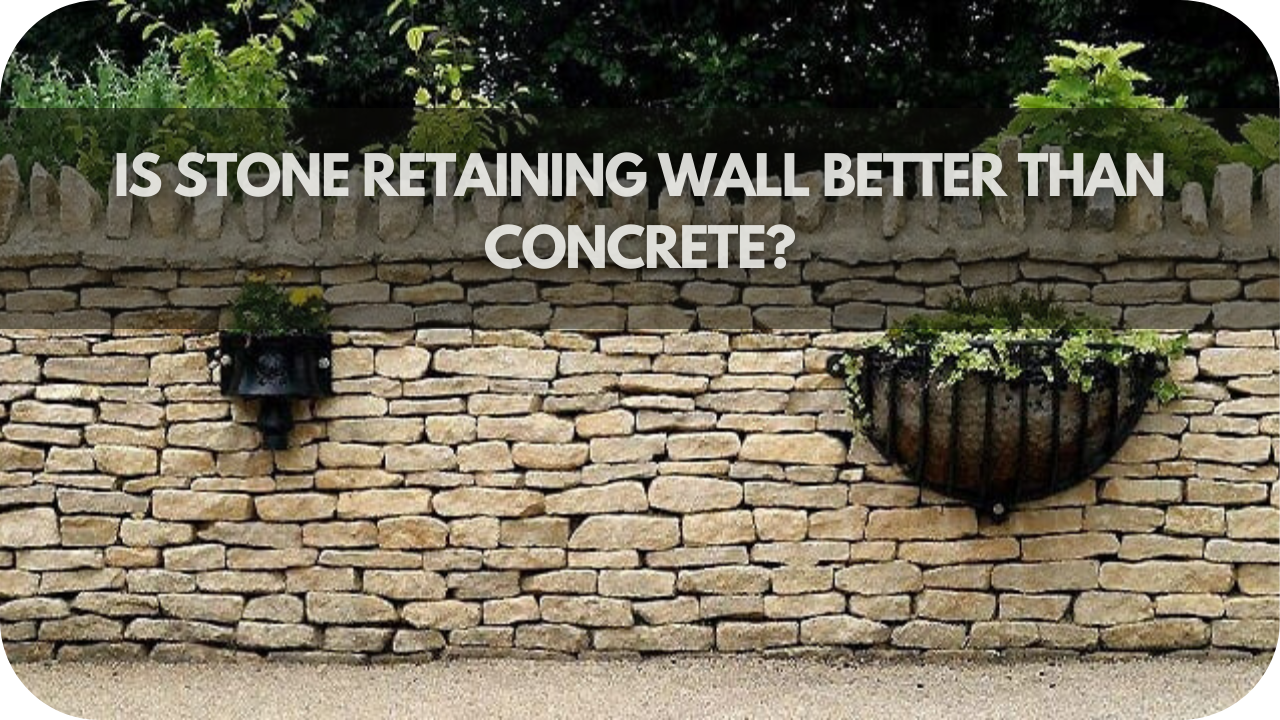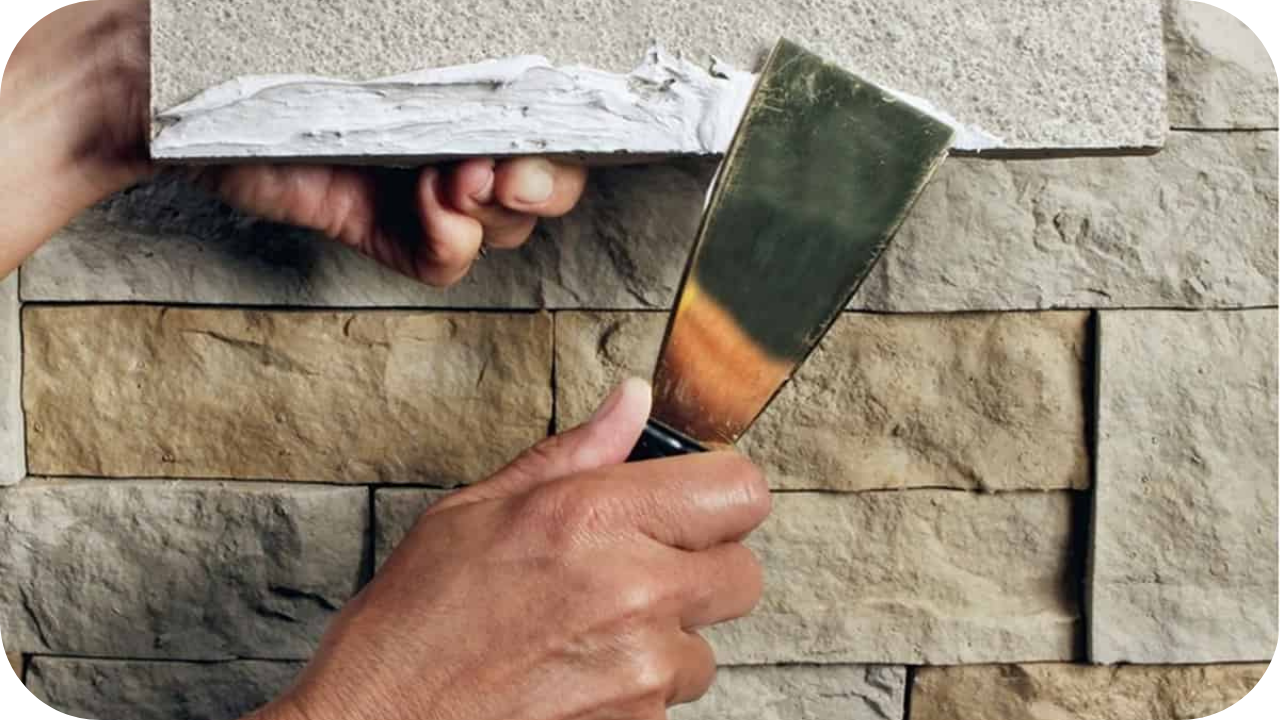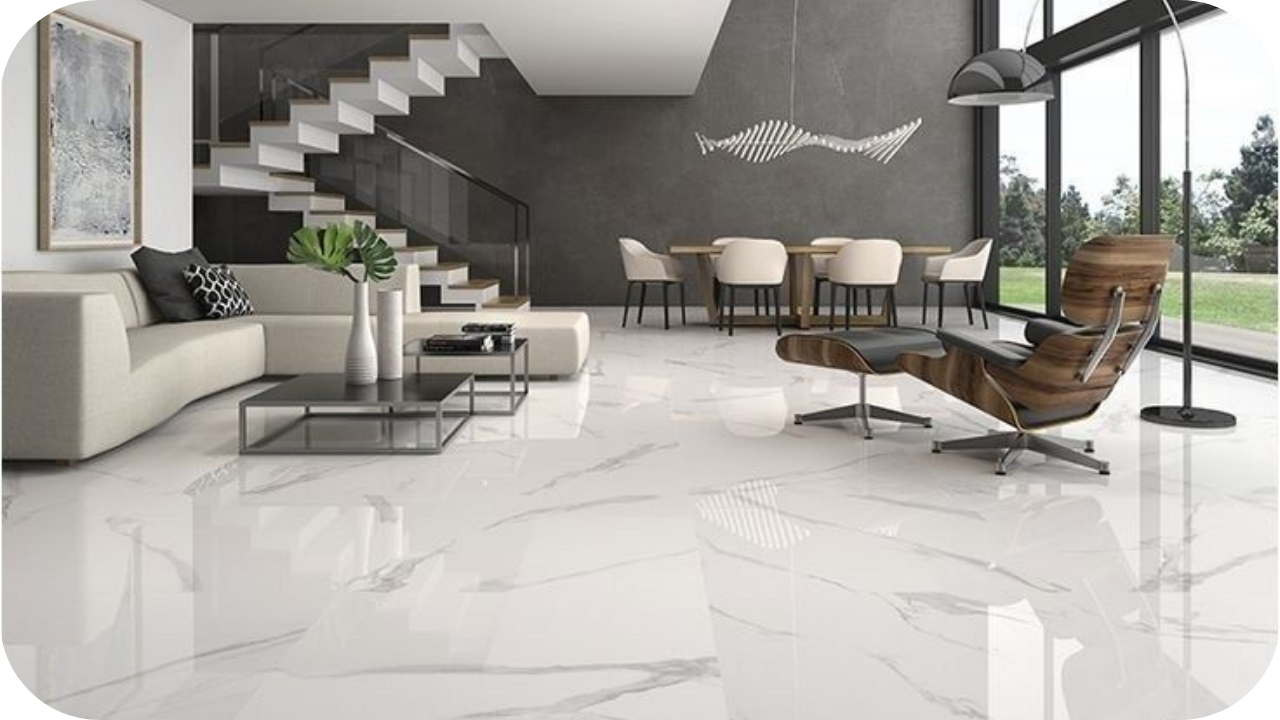
A few years ago, I faced a dilemma while planning my garden: should I choose a stone or concrete retaining wall? I knew both options had their merits, but I was still determining which would stand the test of time, offer the best value, and blend seamlessly with the landscape.
After weighing durability, cost, and aesthetics, the decision was more complex than it seemed. If you’re in the same position, this guide will help you determine whether stone or concrete is better for your project.
Pros and Cons of Stone Retaining Wall

When I first considered a stone retaining wall, I was captivated by its natural beauty, but I needed to weigh the pros and cons carefully. There’s more to stone than just its visual appeal. In this section, I’ll share the advantages and potential drawbacks that helped shape my decision so you can make an informed choice too.
Pros of Stone Retaining Wall

Stone retaining walls offer more than just strength—they bring a host of advantages that make them a top choice for many. There are also different types of retaining walls. From aesthetics to sustainability, the benefits are undeniable.
1. Natural Aesthetic Appeal
Stone retaining walls provide a timeless, natural beauty that complements any landscape. Various textures, shapes, and colours allow homeowners to create a unique design that blends seamlessly with outdoor spaces.
Whether you want a rustic or modern look, stone offers flexibility in achieving the desired aesthetic. Unlike other materials, stone improves with age, enhancing the overall appeal of your property while adding a premium feel that increases its value over time.
2. Exceptional Durability
Stone, such as Hotham Granite, is known for its incredible durability and strength, making it an ideal choice for retaining walls. It can withstand harsh weather conditions, including extreme heat, cold, and moisture, without losing its structural integrity.
Stone walls maintain their form and function with minimal wear over time. This makes them a long-lasting option, requiring very little maintenance than other materials like concrete, which may crack or deteriorate over time.
3. Eco-Friendly Material
Stone has a low environmental impact as a natural resource, especially when sourced locally. It requires minimal processing and does not emit harmful chemicals into the environment, making it an eco-friendly choice.
Additionally, stone can be reused or repurposed, reducing waste and promoting sustainability. A stone retaining wall is an excellent option for making environmentally conscious decisions.
4. Versatility in Design
Stone’s adaptability makes it versatile for various landscaping needs. Whether you’re creating a curved, straight, or terraced wall, stone such as Marrakesh Limestone can easily be shaped to fit your desired design. Its flexibility allows for the creation of complex architectural features that wouldn’t be possible with other materials.
Additionally, the range of stone types and sizes ensures an option to match your project’s aesthetic, making it an excellent choice for both traditional and contemporary landscapes.
5. Low Maintenance
Once installed, stone retaining walls require very little maintenance. They don’t need frequent repairs, painting, or sealing like concrete or other materials might. Natural stone is resistant to weathering, meaning it can endure the elements without significant wear.
This long-term resilience reduces the need for costly upkeep, making the stone a cost-effective solution in the long run. Its ability to naturally age and weather beautifully is another added benefit.
Cons of Stone Retaining Wall

While stone retaining walls offer a timeless, natural appeal, they are not without their challenges. Understanding the potential drawbacks is crucial before making a decision.
1. Labour-Intensive Installation
Building a stone retaining wall requires significant time and effort due to the precise placement of individual stones. Skilled labour ensures the wall’s stability, making the installation process lengthy and costly.
Unlike concrete, which can be poured into place, stone walls demand more manual work, particularly with irregular or natural stones. This increased labour often leads to higher project costs in terms of time and money.
2. High Material and Labour Costs
The cost of constructing a stone retaining wall tends to be higher than that of concrete alternatives. Quality natural stone can be expensive, and its availability may vary depending on location.
In addition, hiring skilled workers to lay the stones properly adds to the overall expenditure. The combination of material costs and labour fees can make stone retaining walls an expensive choice for many homeowners.
3. Susceptibility to Weathering
Natural stones are prone to wear and tear due to exposure to the elements. Over time, moisture and temperature changes can cause certain types of stone to crack, chip, or erode.
This weathering can affect the wall’s structural integrity and its aesthetic appeal. Regular maintenance or stone replacement may be necessary to prevent further damage from harsh weather conditions.
4. Increased Maintenance Requirements
Stone retaining walls require more frequent maintenance than concrete walls. Shifting soil or settling behind the wall can cause stones to loosen or become misaligned, compromising the wall’s stability.
Regular inspections and repairs are often necessary to maintain the wall’s structural soundness, particularly in areas prone to soil movement or extreme weather conditions.
5. Limited Load-Bearing Capacity
Unlike concrete walls, which provide uniform strength, stone retaining walls may struggle to support large loads or steep slopes.
The individual stones are less uniformly strong than a poured concrete structure, making them unsuitable for retaining walls in areas requiring significant structural support. This limitation could make the stone less ideal for specific projects where durability under pressure is crucial.
6. Variability in Stone Availability
The availability of suitable stone can vary greatly depending on your location, which can add to the cost and limit your design choices. In some areas, sourcing the right type of stone may require importing it from other regions, increasing material and transportation expenses. This variability can make stone walls a less practical option for some homeowners.
Pros and Cons of Concrete

When weighing the choice between stone and concrete, I found it essential to consider both the advantages and drawbacks of concrete retaining walls. Concrete offers impressive strength and durability but may lack the natural appeal of stone. Here’s what you need to know before deciding whether concrete is the right choice for your project.
Pros of Concrete
Concrete retaining walls offer a reliable and versatile solution for various landscaping needs. Here’s why they might be the better option for your project.
1. Exceptional Durability
Concrete retaining walls are highly durable and can withstand harsh weather conditions and heavy loads without significant wear. Unlike stone, which may shift or crack over time, concrete maintains its structural integrity for decades.
This durability makes it ideal for supporting large amounts of soil, especially in areas prone to erosion or heavy rainfall. With concrete, you can count on long-term stability and a wall that stands the test of time with minimal wear and tear.
2. Faster Installation
Concrete offers a quicker installation process compared to stone. Pre-cast panels or poured-in-place methods reduce labour time, making it more cost-effective for both time and money.
Unlike stone walls, which require precise placement of individual stones, concrete can be installed more efficiently. This streamlined process is ideal for large projects or those on a tight schedule, allowing for faster completion without compromising on strength.
3. Lower Cost
Concrete’s affordability is a significant advantage over natural stone. High-quality stone can be expensive, whereas concrete generally offers a more budget-friendly solution without sacrificing durability or strength.
Concrete provides excellent value for homeowners and contractors looking to keep costs down, particularly for large-scale projects where material costs can quickly add up. Its cost-effectiveness makes it a popular choice for both residential and commercial applications.
4. Minimal Maintenance
Concrete retaining walls require far less maintenance than stone walls. Once installed, they need minimal attention, as they are resistant to weathering, erosion, and pests.
Unlike stone walls, which may require regular inspections for loose stones or settling, concrete structures remain stable over time. This low-maintenance quality makes concrete an attractive option for those looking for a long-lasting solution with little upkeep.
5. Greater Design Flexibility
Another key benefit of concrete is its versatility in design. It can be moulded into various shapes and sizes, allowing custom designs to match any aesthetic. Concrete offers options to suit your style, whether you prefer a smooth, modern finish or a textured, natural appearance.
Additionally, its ability to be coloured or stamped provides further customisation possibilities, giving you the flexibility to create a unique look for your retaining wall.
6. Structural Versatility
Concrete’s strength allows for greater wall height and length flexibility, making it suitable for large projects. It can be engineered to support taller or more extensive retaining walls, providing the necessary stability for significant loads.
This makes concrete ideal for large-scale soil retention applications, such as commercial developments or steep slopes. Its structural integrity ensures it can handle small and large project demands.
Cons of Concrete

While concrete walls are known for their strength, some notable disadvantages can impact their long-term appeal and functionality.
1. Lack of Aesthetic Appeal
Concrete retaining walls often lack the natural charm and beauty of stone. While concrete can be customised with textures or colours, it typically doesn’t match the organic look of natural stone.
Concrete may not deliver the desired aesthetic for homeowners seeking a more rustic or traditional appearance. This can make it a less appealing choice for projects where visual impact is a crucial consideration.
2. Prone to Cracking
Over time, concrete can crack, especially in areas that experience extreme temperature fluctuations. The expansion and contraction caused by hot and cold weather can create visible cracks, which not only affect the appearance of the wall but may also compromise its structural integrity.
Repairing these cracks can be costly; in some cases, ongoing maintenance may be required to prevent further damage.
3. Environmental Concerns
Concrete production is energy-intensive and contributes significantly to CO2 emissions. The environmental footprint of manufacturing and transporting concrete makes it a less sustainable option compared to natural materials like stone.
Additionally, concrete is challenging to recycle, and demolition waste from concrete walls often ends up in landfills, further impacting the environment.
4. Difficult to Modify or Remove
Once a concrete wall is in place, alterations or removal can be challenging and expensive. Unlike stone, which can often be reused or repurposed, concrete removal typically results in significant waste.
The demolition process can be labour-intensive, and the cost of disposing of concrete waste can add to the overall expense, making future changes more difficult to manage.
5. Weathering Over Time
Although concrete is durable, it can still suffer from weathering when exposed to harsh conditions. Heavy moisture, freeze-thaw cycles, and prolonged exposure to the elements can cause surface erosion or deterioration.
This weathering can make the wall appear worn and may eventually lead to the need for costly repairs or refinishing to maintain its integrity and appearance.
Conclusion
Ultimately, whether stone or concrete is better for your retaining wall depends on your project’s needs. Stone offers timeless beauty, while concrete provides strength and affordability. Consider your priorities and budget before deciding. Need expert advice? Contact us today to discuss which option suits your landscape best!
More To Explore

How to Choose the Right Adhesive for Installing Stone Cladding
Choosing the wrong adhesive for stone cladding can lead to cracking, detachment, or even structural failure. All that hard work could fall apart in months

Stone Options for Modern Home Designs
Modern homes demand high-quality materials that combine style with strength. But with so many options available, choosing the right stone can feel overwhelming. Many people


